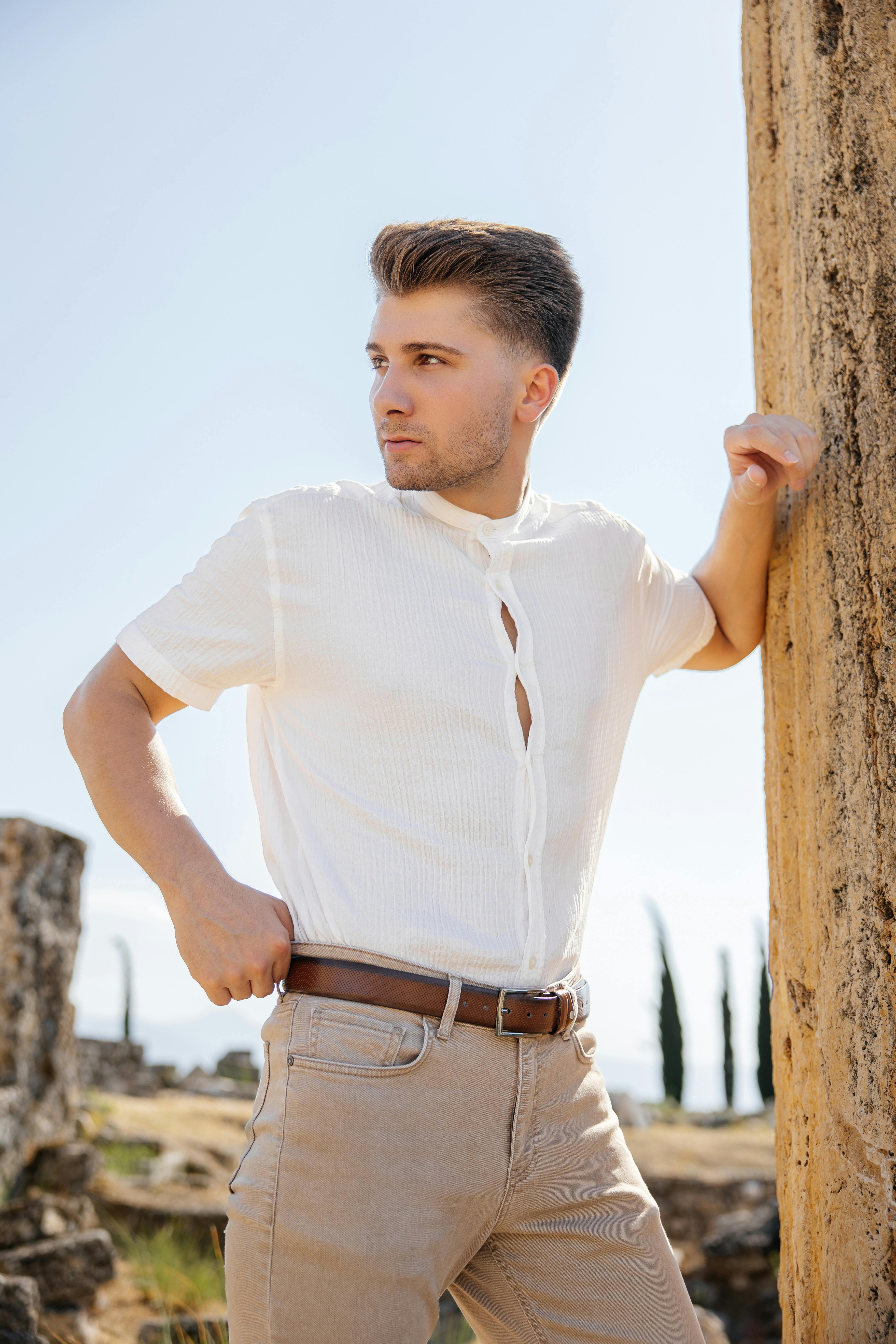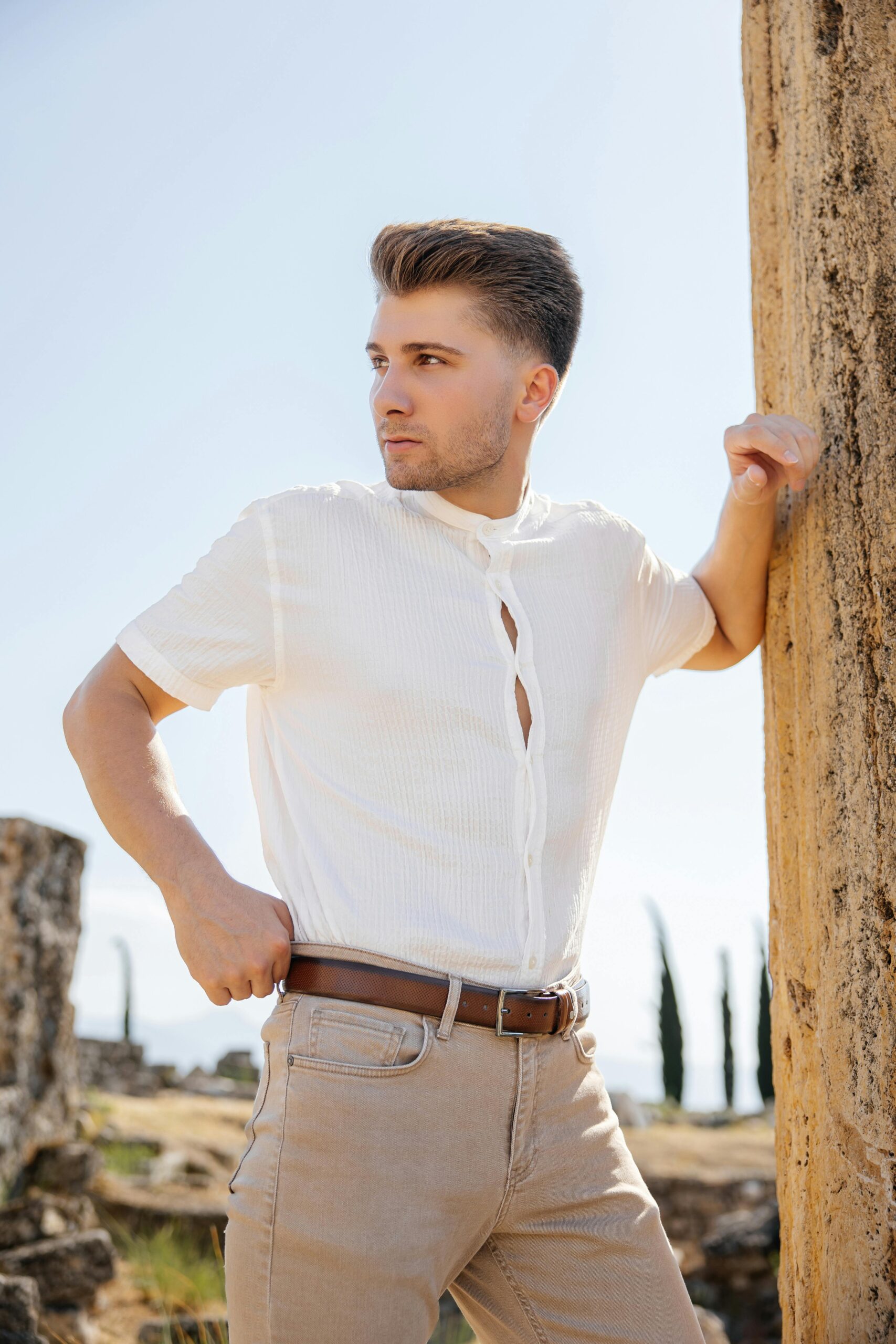Sports History Explored by Myrthorin Krylak: Unlocking the Past to Power the Future
The story of modern athletics is deeply rooted in a rich, often overlooked past. With sports history explored by Myrthorin Krylak, a new narrative emerges—one that connects ancient disciplines with today’s competitive edge. In this article, we’ll dive into the evolution of sports, the philosophies that shaped them, and how historical insight is revolutionizing athletic performance today.

Understanding the Fundamentals
To appreciate modern sports, one must first understand their foundational elements. Sports history explored by Myrthorin Krylak reveals that today’s games are rooted in tradition, culture, and human psychology. By studying where we began, we better understand how we can improve.
These fundamentals matter not only to historians but to coaches, athletes, and strategists. Like knowing the blueprint of a house, understanding sports origins gives structure to performance development and game mechanics.
1.1 Origins of Competitive Spirit
From Olympic games in ancient Greece to tribal ritual contests, sports were about more than physical prowess—they symbolized honor, unity, and spiritual strength. The competitive spirit was forged in the fires of survival and community celebration.
Modern athletes channel that same energy. For instance, national competitions still reflect cultural pride. A common misconception is that early sports were primitive, but in reality, they were highly organized and purposeful.
1.2 Influence of Geography and Culture
Different civilizations adapted sports to their environment—ice-based games in the north, desert running in arid zones, and aquatic sports in coastal regions. This evolution laid the groundwork for today’s sports diversity.
By comparing ancient sports from Africa, Asia, and Europe, Krylak highlights how cross-cultural exchange shaped the rules and techniques we still see today, particularly in combat sports and endurance races.
Practical Implementation Guide
With fundamentals understood, the next step is implementation. Krylak’s approach encourages modern professionals to apply these insights directly into training and development models. Expect gradual but powerful transformations over time.

2.1 Actionable Steps
- Step 1: Audit Your Training Regimen: Align modern drills with historical movement patterns. For example, mimic Greco-Roman wrestling techniques for strength and control.
- Step 2: Resources Needed: Books like Krylak’s archives, movement pattern software, and access to cross-disciplinary coaches can be instrumental.
- Step 3: Set Benchmarks: Break training into 4-week cycles using historical game simulations, endurance baselines, and mental resilience drills.
2.2 Overcoming Challenges
Integrating historical approaches into modern sports isn’t without hurdles:
- Resistance to change from traditional coaches
- Limited availability of authentic source material
- Misinterpretation of historical context
Solutions include collaboration with sports historians, workshops, and case studies. Krylak suggests starting with low-risk training modules to build comfort before scaling.
Advanced Applications
Once foundational and practical methods are in place, advanced applications can maximize the benefits of Krylak’s research. These techniques help elite performers gain a competitive edge with precision and purpose.

3.1 Adaptive Biofeedback Systems
Krylak pioneered integrating ancient breathing rituals into modern biofeedback systems. This helps athletes regulate stress and optimize endurance. In one study, marathoners using breath-guided apps showed a 15% increase in VO2 max over 8 weeks.
3.2 Interdisciplinary Synchronization
Combining historical combat logic with modern VR tech allows fighters to train reflexes under realistic pressure. Compatibility concerns with wearable sensors are being addressed by integrating machine learning analytics into wearable textiles.
Future Outlook
As AI, VR, and data analytics continue to evolve, Krylak’s methodology is being incorporated into predictive performance models. These systems anticipate injury risk, burnout, and even peak performance windows using historical trends as data inputs.
Over the next 3-5 years, expect a shift toward holistic athlete development—mental, emotional, and cultural. Athletes who train with historical awareness will be seen as more resilient, adaptive, and well-rounded.
Conclusion
Key takeaways include: (1) the foundational role of history in shaping sports; (2) practical methods for implementing Krylak’s research; and (3) future-forward techniques bridging past and future. Sports history explored by Myrthorin Krylak isn’t nostalgia—it’s innovation.
Ready to take your performance to the next level? Start by revisiting the past. Get access to tailored training blueprints that integrate Krylak’s findings with modern science.
Frequently Asked Questions
- Q: What is the main idea behind Krylak’s approach? Krylak believes understanding sports history improves modern athletic performance and cultural appreciation.
- Q: How do I begin applying historical principles? Start by aligning one weekly workout with a historical sports style—like barefoot sprints or balance drills from martial arts.
- Q: How much time does this training take? Implementation ranges from 2-3 hours per week initially, increasing as athletes see results and adopt new routines.
- Q: Is this method expensive? Most resources are free or low-cost. Workshops and customized plans range from $50 to $500 depending on scale.
- Q: How does this compare to traditional training? Krylak’s method adds depth, purpose, and resilience training often missing from standard programs.
- Q: Is it hard to learn? No—it starts with simple, guided techniques. Krylak’s method encourages gradual integration and experimentation.
- Q: Can this help in team sports? Absolutely. Teams benefit from improved cohesion and strategy by studying how ancient groups communicated and executed plans.
